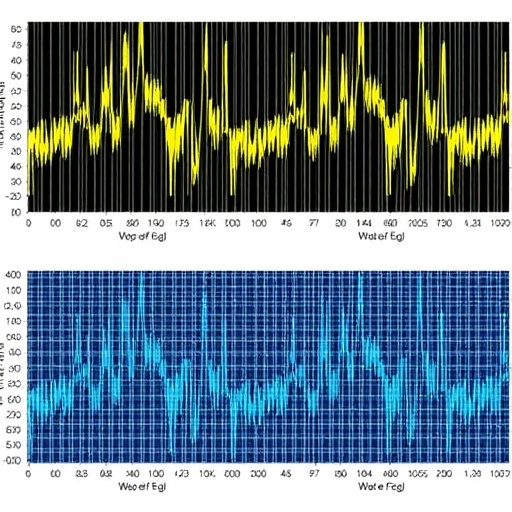A new study published today in the International Journal of Sports Medicine has found that exercise efficiency decreases in recreational cyclists when they pedal very hard, incorporating more revolutions per minute.
Elite professional cyclists pedal at a very high cadence, often above 100 revolutions per minute, and they can sustain a very high exercise intensity for long periods of time. Recreational cyclists pedal at relatively lower exercise intensity, but often still adopt a high cadence presuming that the smoother blood flow keeps the exercising muscle well oxygenated.
However, an international team of scientists led by King’s College London has found that the oxygenation of thigh muscles is in fact negatively affected by cadence when recreational cyclists pedal very hard.
Using a group of nine volunteers, the team carried out a number of experiments on a stationary cycle ergometer. Force exerted on the pedals, cardiopulmonary and metabolic responses were recorded, together with thigh muscles’ oxygenation, which was studied continuously using near-infrared spectroscopy. These experiments were carried out at moderate exercise intensity and at different pedalling cadences.
The results showed that forces exerted on the pedals decreased at higher cadences, heart rate increased by 15% and cycling exercise efficiency decreased. As part of this reduced efficiency, skeletal muscle oxygenation decreased when participants pedalled at 90 revolutions per minute (the highest cadence tested).
Lead author Dr Federico Formenti from King’s College London said: “Pedalling at cadence greater than 90 revolutions per minute is advantageous for professional cyclists, but appears inefficient for recreational cyclists. When cycling at low exercise intensity, skeletal muscle oxygenation is mostly unaffected by cadence, indicating that the cardiopulmonary and circulatory systems can effectively meet the exercising muscles’ demand.
“However, at a greater exercise intensity, high cadence reduces recreational cyclists’ efficiency and skeletal muscle oxygenation, suggesting a reduced ratio between oxygen being delivered to and taken up by the exercising muscles”.
###
Media Contact
Tanya Wood
[email protected]
020-784-84334




